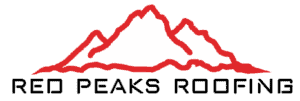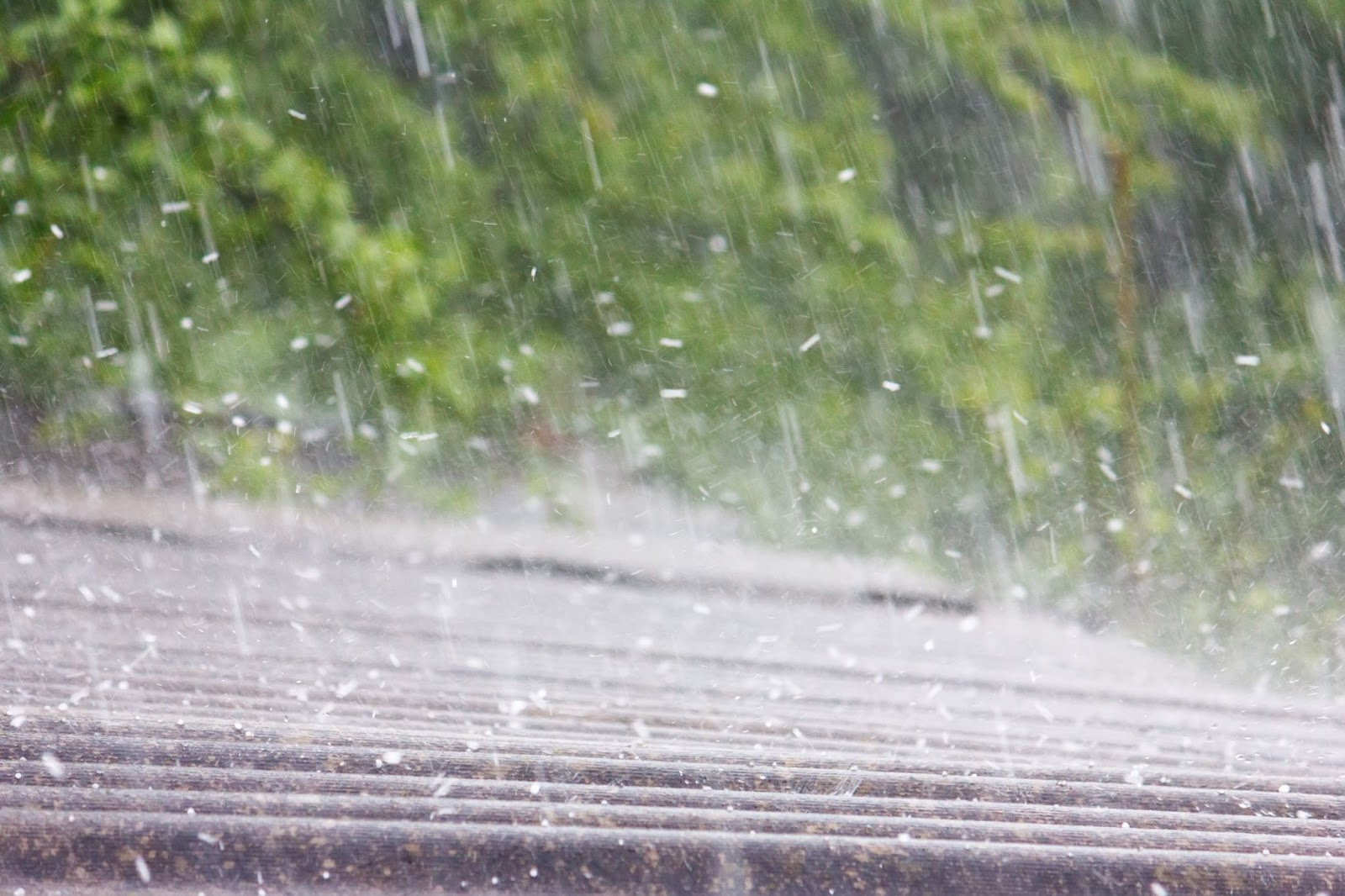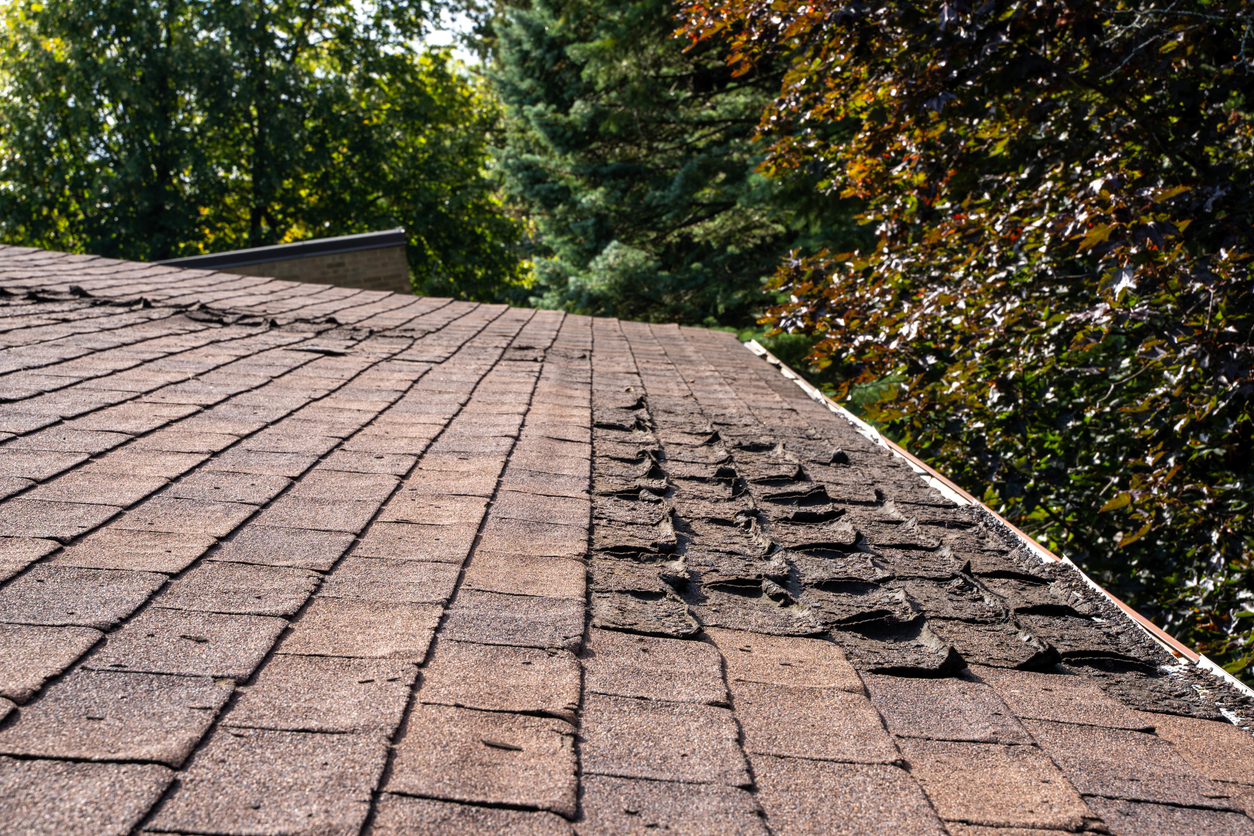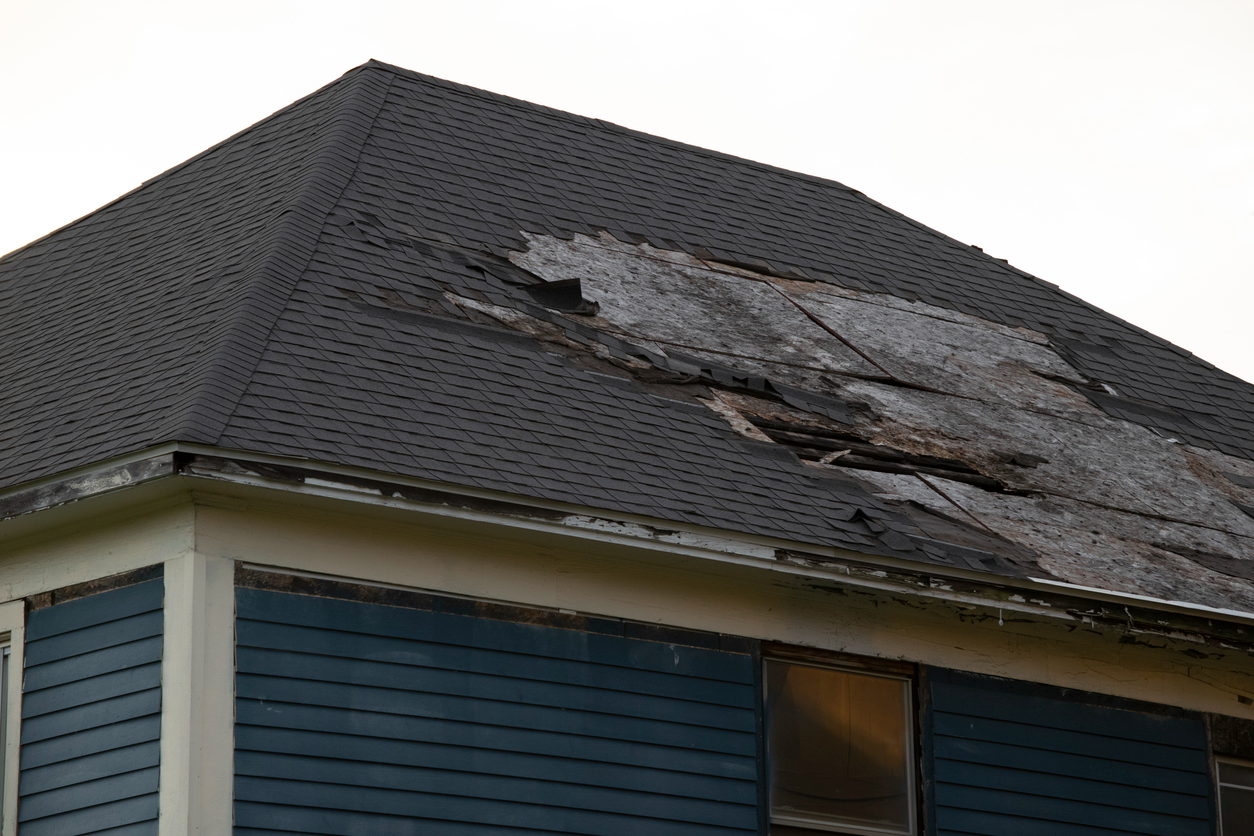Why Hail Damage Is a Major Concern for Most Roofs and What to Do Next
Hail is one of the most common threats homeowners face when it comes to roofing. Its fast, sharp impacts can cause extensive damage, from surface dents to severe structural issues. With today’s increasingly unpredictable weather patterns, it’s important to understand why hail damage poses such a significant risk and how to respond effectively when it happens.
The Impacts of Hailstorm Damage
Hailstorms can damage a roof in just a matter of minutes. Large hailstones are particularly destructive, capable of cracking or puncturing roofing materials such as asphalt shingles, tiles, or metal panels. Once this protective barrier is compromised, it creates pathways for moisture, wind, and more hail to enter the home. This can lead to water leaks through ceilings and walls, rusting of internal plumbing, and damage to electrical appliances.
What makes hail damage especially concerning is that it often goes unnoticed until secondary issues, like mold or water stains, start to appear. That’s why early detection and professional assessment are critical.
What to Do Immediately After Hail Damage
Taking swift action after a hailstorm can help prevent minor damage from becoming a major issue. Here are the first steps you should take:
-
Schedule a professional roof inspection. Contact a licensed roofing contractor to assess the damage thoroughly. They can identify both visible and hidden damage and recommend appropriate repairs or replacements.
-
Inspect gutters and downspouts. Check for dents, cracks, or blockages caused by hail. Damaged gutters can lead to improper water drainage and cause further structural problems.
-
Document the damage. Take clear photos of affected areas for insurance purposes. Prompt documentation will support your claim and ensure quicker resolution.
-
Avoid DIY fixes. Resist the urge to use sealants or roof cement on damaged areas, as these can trap moisture and worsen the problem over time.
Repairing and Preventing Hail Damage
Roof repairs after a hailstorm often involve replacing damaged shingles, tiles, or sections of underlayment. A professional roofer will conduct a detailed inspection to determine the full scope of the damage and provide an accurate estimate.
When replacing materials, it’s best to use matching shingles to maintain a uniform appearance. Avoid shortcuts, such as patching with incompatible materials, as they can lead to further issues down the line.
The Value of Routine Roof Inspections
Preventive roof maintenance plays a key role in minimizing hail damage. Regular inspections help identify early signs of wear, potential weak points, and areas that need reinforcement. Scheduling biannual roof inspections, especially before storm season, can help you catch problems early and extend the lifespan of your roof.
Partnering with a trusted roofing contractor ensures your home is protected year-round and better prepared for whatever the weather brings.
Your Trusted Hail Damage Experts in Lehi, UT
If your roof has recently been impacted by hail, or if you’re looking to strengthen it against future storms, Red Peaks Roofing is here to help. Contact us today at (385) 482-9707 or fill out our online form to schedule a professional roof inspection. Our experienced team in Lehi, UT is ready to deliver high-quality solutions that protect your home and restore your peace of mind.




